Welcome to Episode 84 of Ramping Up your English where we delve into the use of verb modifiers, particularly the use of adverbs. We also keep learning about Native Americans with a look at the Folsom Culture.
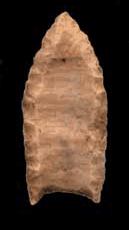
Watching Episode 84
You can watch Episode 84 in its entirety add-free by following the link to Archive.org. This episode was archived after appearing on RVTV. Click here to watch Episode 84
Watching by Segments
Click here to watch Segment One of Episode 84.
The direct instruction segment of this episode begins here. Click here for Segment 2 of Episode 84.

Episode Summary
We begin this episode with a TV interview with Dr. Bruce Huckell – Anthropology Professor at the University of New Mexico. He tells on viewers about the Folsom people and how changes in environment brought about changes in the food source; hence the changes in hunting practices. The Folsom Point reflected those changes as Bison Antiqus replaced instinct fauna like wooly mammoths and mastodons.
When communicating about events, actions, and situations so long ago, it’s important to ramp up the ability to use the most effective tenses of verbs, and to use verb modifiers to make that communication clear and accurate. So the use of adverbs is applied to this task.
Language Objectives
Indicate the frequency with which an action takes place by using a adverb to modify a verb. Use adverbs to indicate clearly and accurately how an action or event takes place. Communicate actions, events, and situations that occurred in the past by using the correct verb tense. Summarize the answers given in an interview on a theme that’s familiar.
Academic Content Objectives
Trace the development of the Folsom Culture in the history of early Americans. Explain the cause/effect relationship between the climate changes in America and the change in tools used for hunting. Describe the Folsom point, and contrast it to the Clovis Point. Locate the range of the Folsom Culture in North America. Describe the geography of the New Mexico area at the time of the Folsom Culture. Contrast the geography of New Mexico during the Folsom period with the geography of New Mexico today.
Links to videos used in Episode 84
If you want to see the interview with Dr. Huckll, click on this link. This TV program is from PBS New Mexico.
Here’s a link to another program about the Folsom Culture. It’s from Rocky Mountain PBS in Colorado. Click here to watch.
Learning Materials Used in this Episode
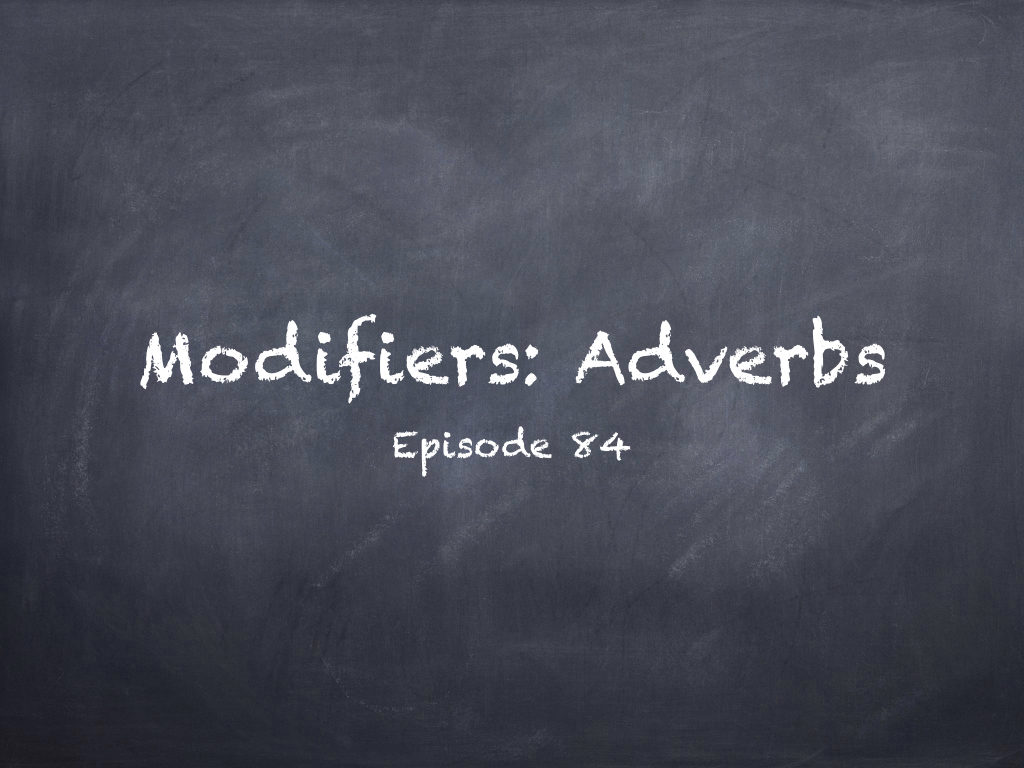
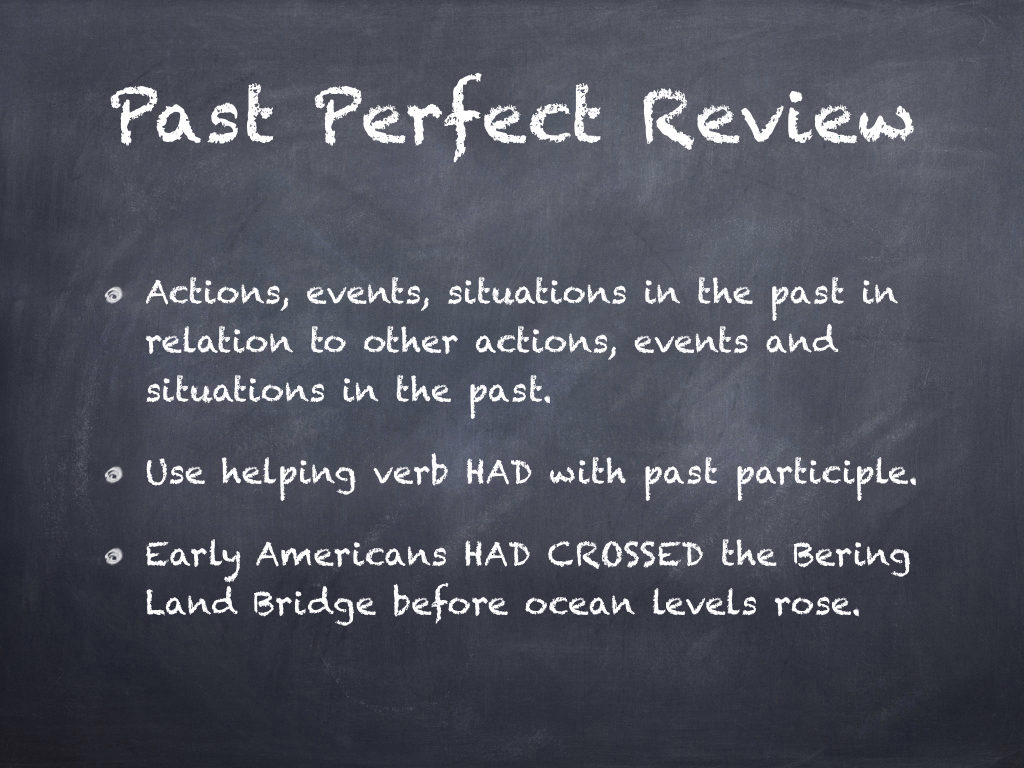
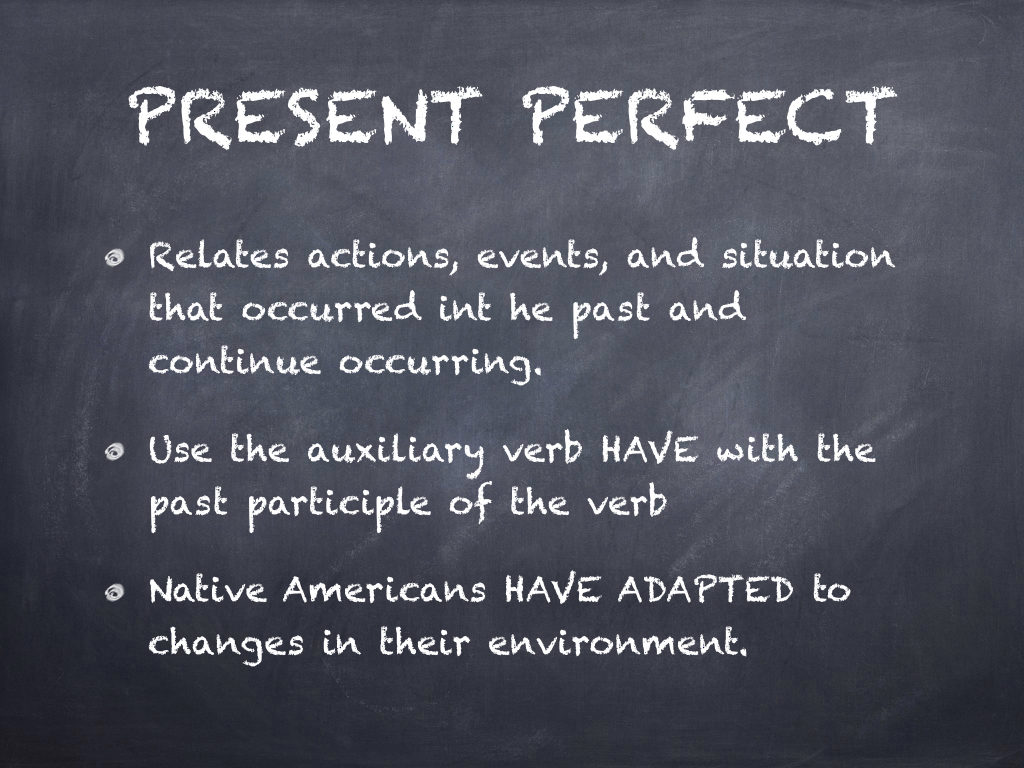

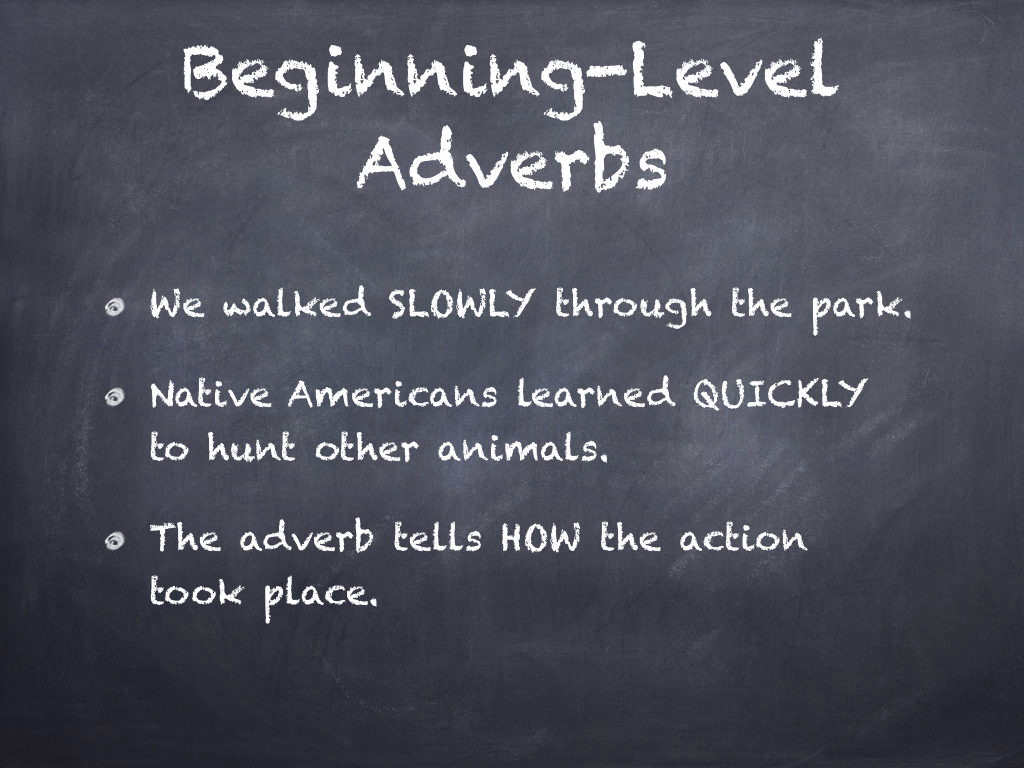
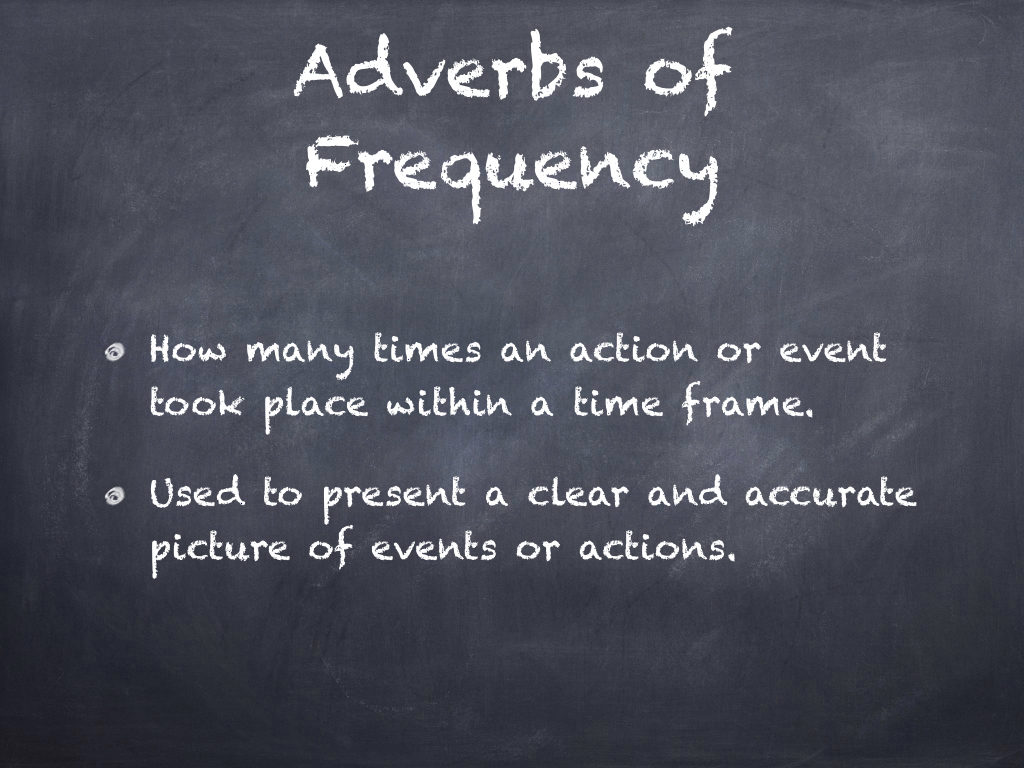
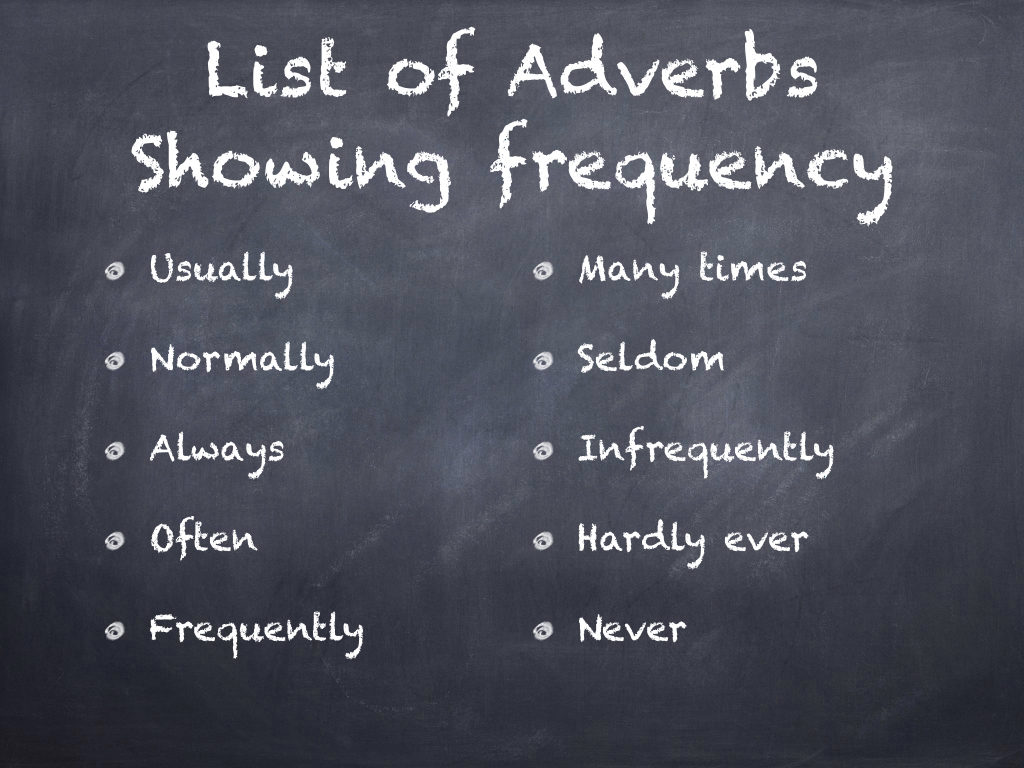
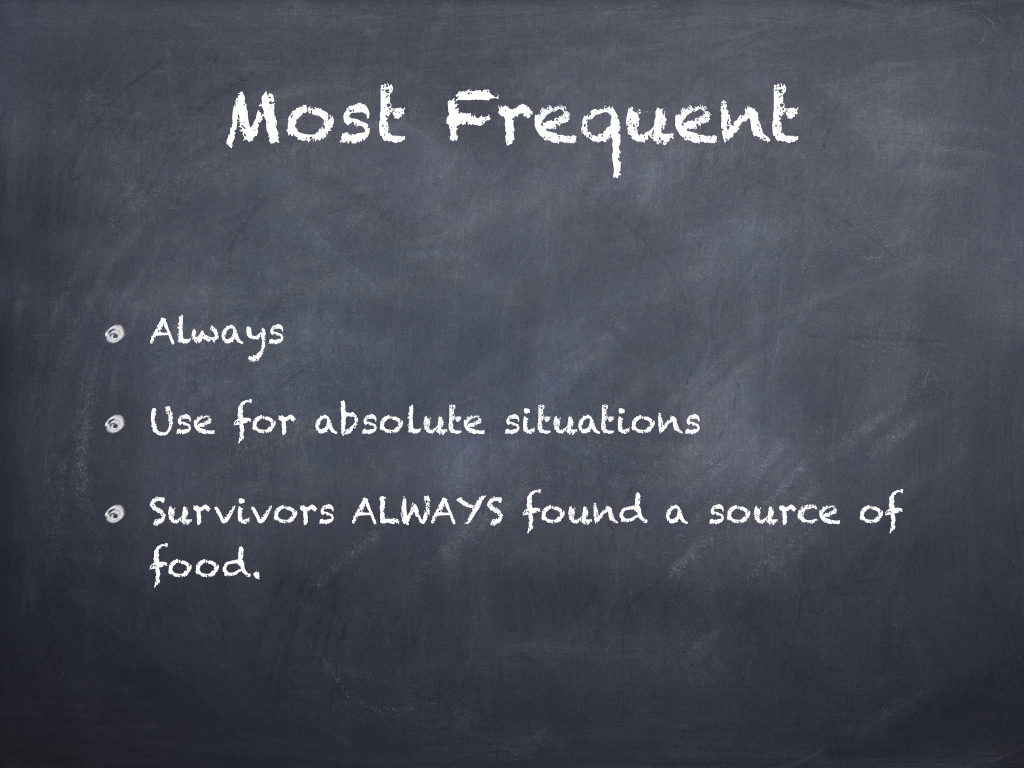
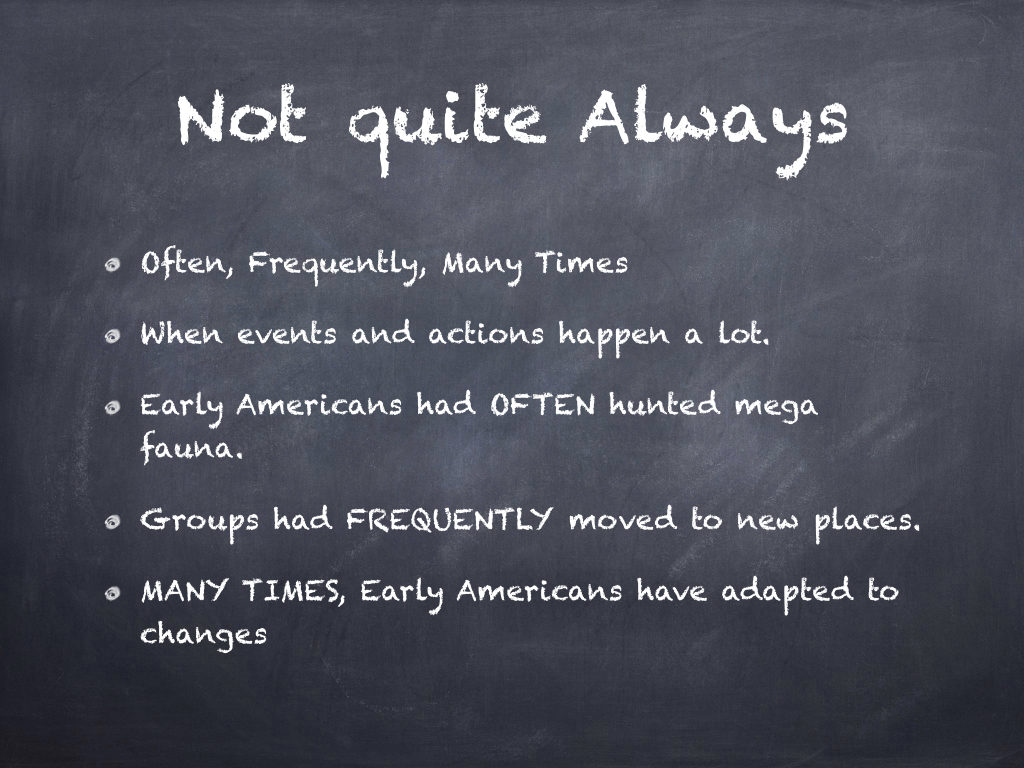
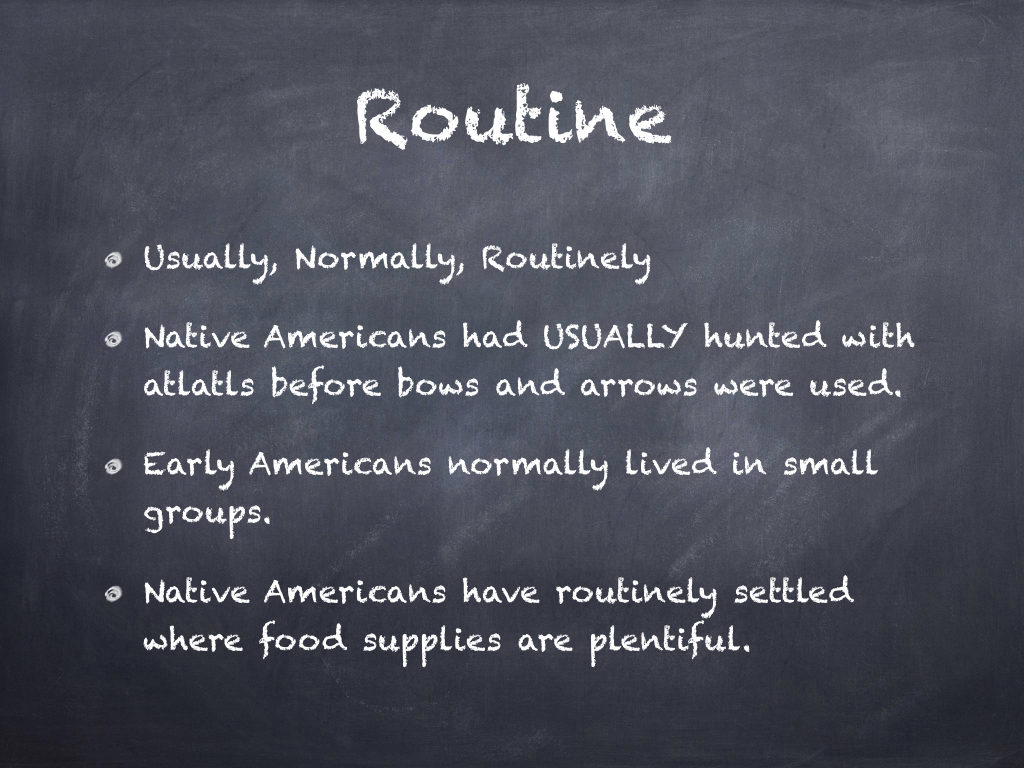
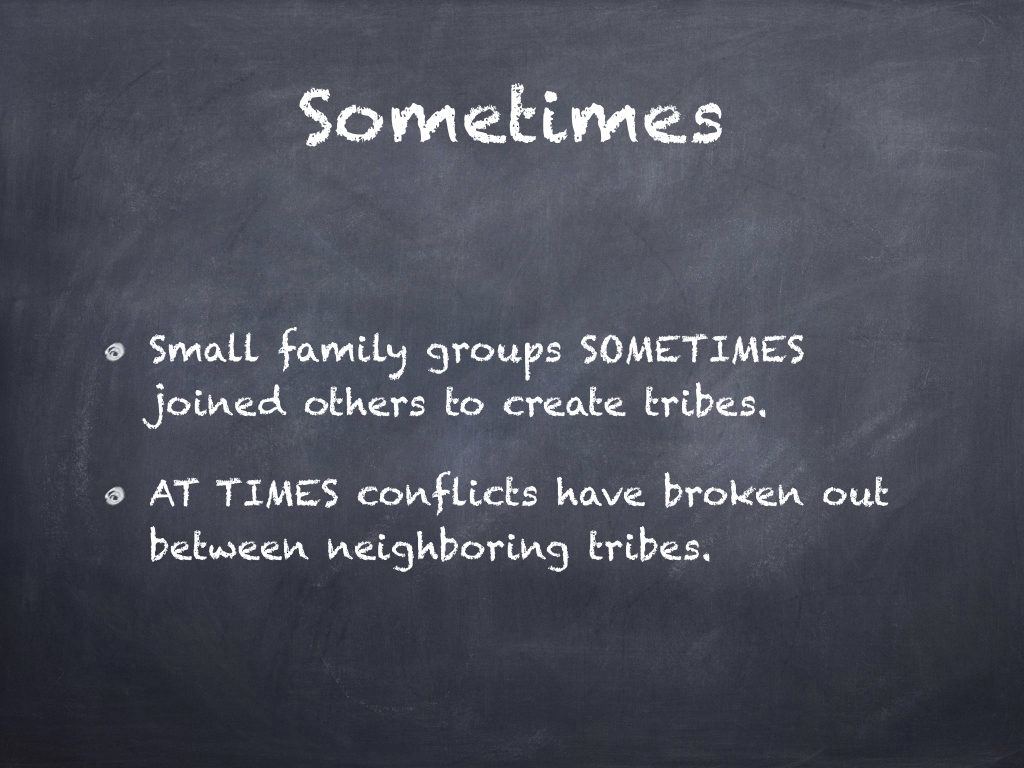
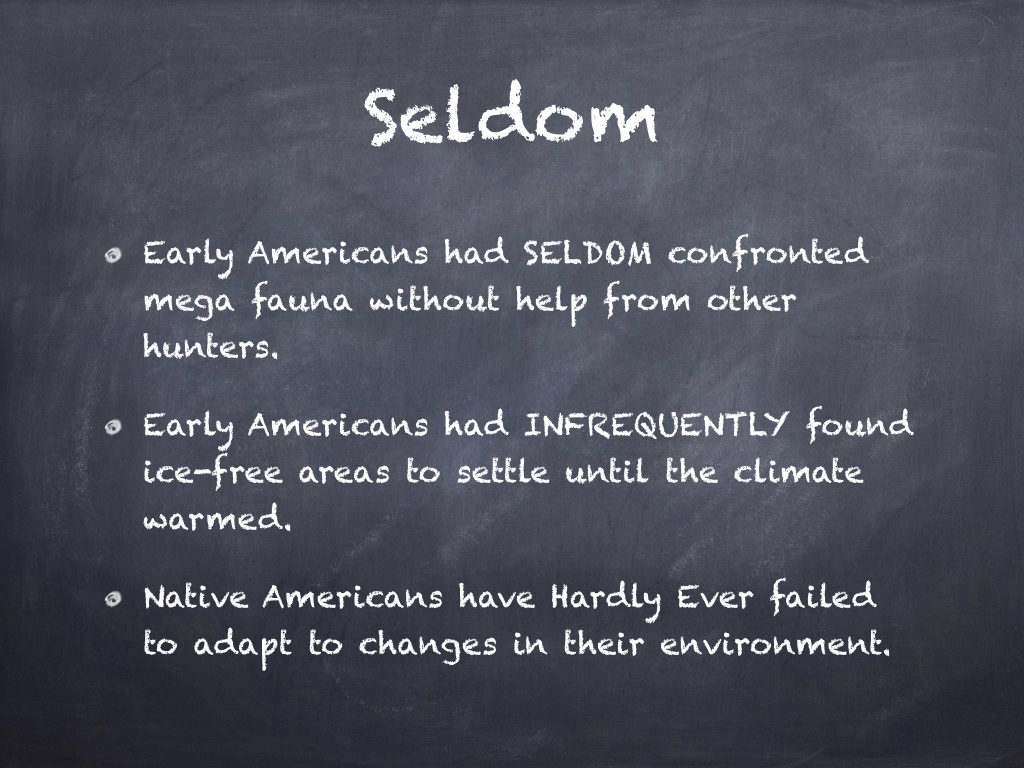
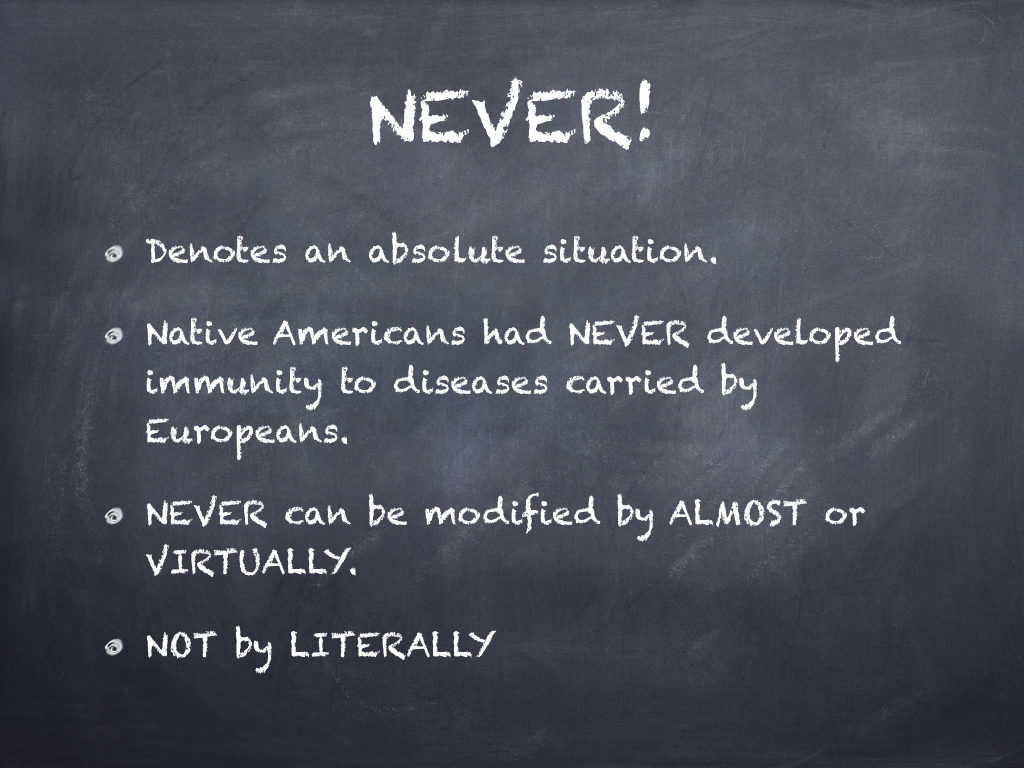
Next Episode
The story of Early Americans doesn’t end with the Folsom Tradition. Learn about the further population of America by humans and the cultures they developed. Click here the visit the Episode 85 page,